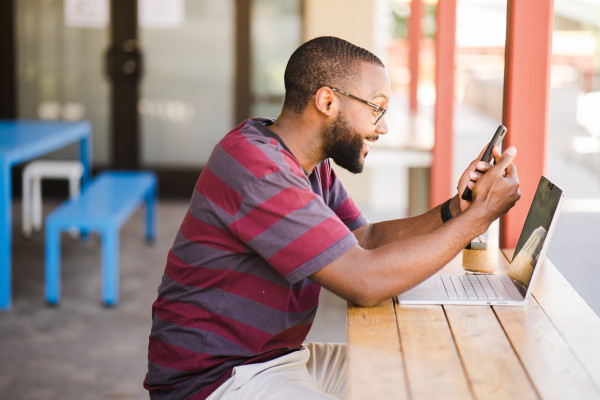Both countries offer a streamlined program through the government to help make the process of taking out student loans simple, but that simplicity has led to a growing debt balance for American and Canadian students alike.
At the end of 2016, the average student loan debt for an American student came in around $30,000, while a Canadian student accumulated right around $28,000 by the time they left school. Tackling that amount of debt can be a challenge among recent graduates when wages remain somewhat stifled to entry-level jobs, but the cost of living continues to increase year over year.
Although each government program aimed to make the borrowing process easy for students means there is no need to qualify for funding based on financial merits, government-funded student loans come with set interest rates which may not be affordable for some borrowers. Refinancing – the process of taking out one loan from a private lender to pay off government-funded student loans – has become a popular alternative for borrowers looking to reduce the total cost of their loans while creating a more manageable repayment plan.
Options for American Student Borrowers
The majority of the $1.4 trillion of student loans amassed by more than 40 million borrowers in the United States is funded through the direct loan program from the federal government. One of the benefits of the direct loan program is that the interest rates applied to new student loans are fixed, giving borrowers some idea of the affordability of loans once they leave school. Additionally, federal student loans provide borrowers the opportunity to select a repayment plan that works best for their financial situation upon graduation, including income-based and income-contingent plans that reduce the monthly payment owed back to the loan servicer. Although these benefits are attractive to some borrowers, others go to the open market to refinance federal loans through a private lender.
When federal student loans or other private student loans are refinanced under private lender, borrowers are required to complete an application to help the lender assess the risk of the new loan. An individual’s credit score and history are evaluated, as are his or her educational background, professional experience, and current and future income. If the lender believes the borrower is a safe risk, a new loan is issued and used to pay off any outstanding federal or other private student loans. The interest rate charged on a private loan may be lower than the rate applied to a federal loan, although borrowers should make sure to understand the difference between fixed and variable rates. Additionally, borrowers may have the opportunity to extend repayment of the loan, effectively reducing the minimum monthly payment due. Private student loans used to refinance federal student loans do not carry the same provisions, like income-based repayment plans or recourse for financial hardship.
Refinancing for Canadian Borrowers
Similar to American borrowers, Canadian students have the option to refinance government-funded student loans in the open market. Private lenders for Canadian borrowers require the same underwriting as their U.S. counterparts, meaning a review of creditworthiness is required to help determine if a new loan can be approved. If a borrower meets the criteria for qualifying for a refinanced student loan with a private lender, the interest rate charged to the refinanced loan may be lower than what the federal government provides. However, Canadian students, just like American students, give up some of the benefits associated with federal student loans. For instance, refinanced student loans in Canada are not eligible for interest relief should a borrower face financial challenges or lost income.
Similarly, forgiveness programs made available through some provinces are no longer an option when federal student debt is refinanced into a private loan.
While the allure of refinancing student debt with a private lender is strong given the potential to reduce the cost of borrowing for the life of the loan, both American and Canadian students should realize that there are downsides as well. Losing access to favorable programs like income-based repayment and interest relief could leave borrowers in a bind if financial circumstances change or income decreases over time. Also, if maintaining a strong credit score has been an issue in the past, refinancing with a private lender may not be a viable or cost-saving option. It is necessary to weigh the pros against the cons before making a long-term decision like refinancing student debt.
Bobby Thompson is a financial advisor in Vancouver that caters to a younger audience. One of his focuses is helping young Canadians navigate saving money, debt, and retirement.

 By Bobby Thompson
By Bobby Thompson 








